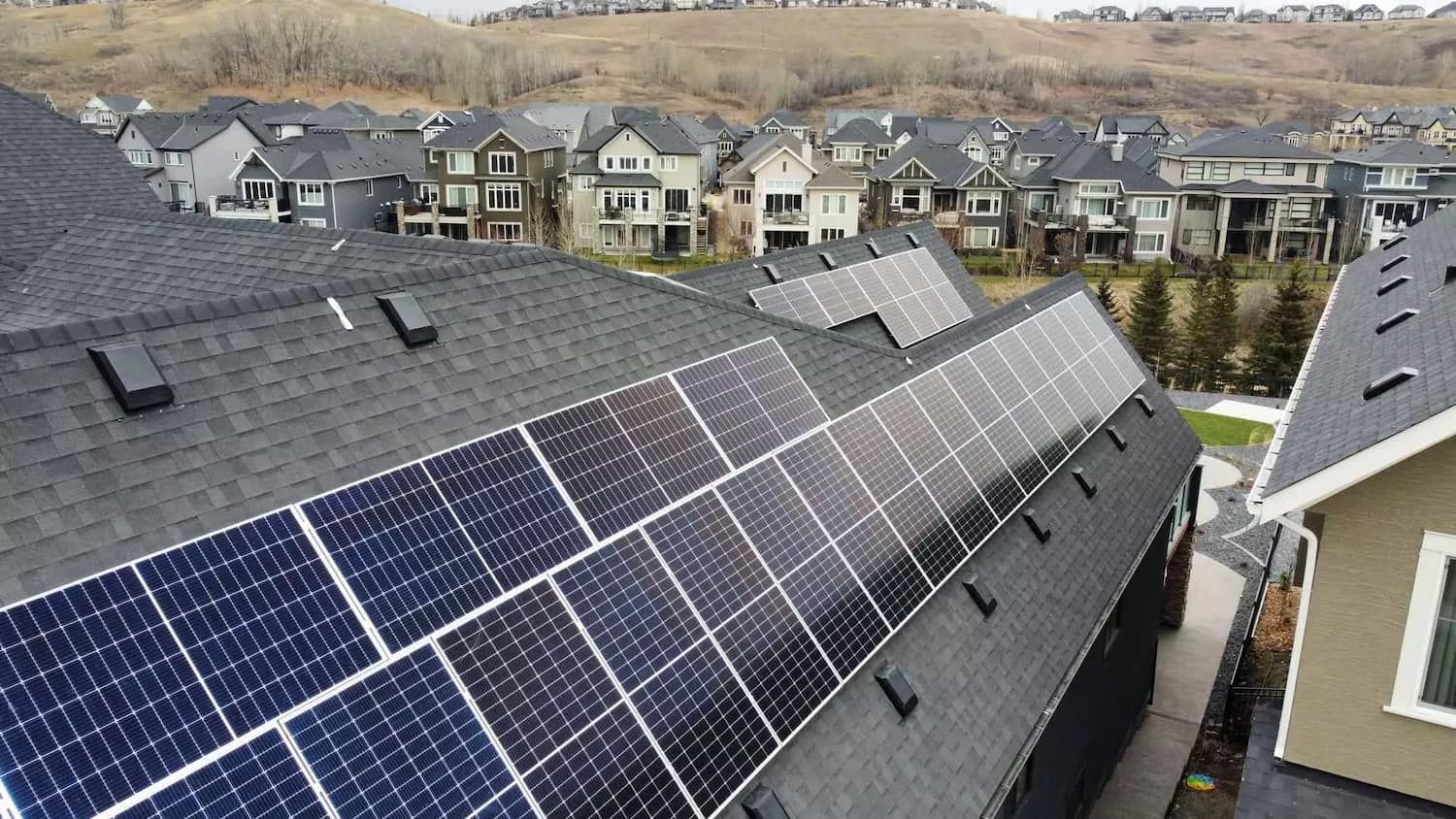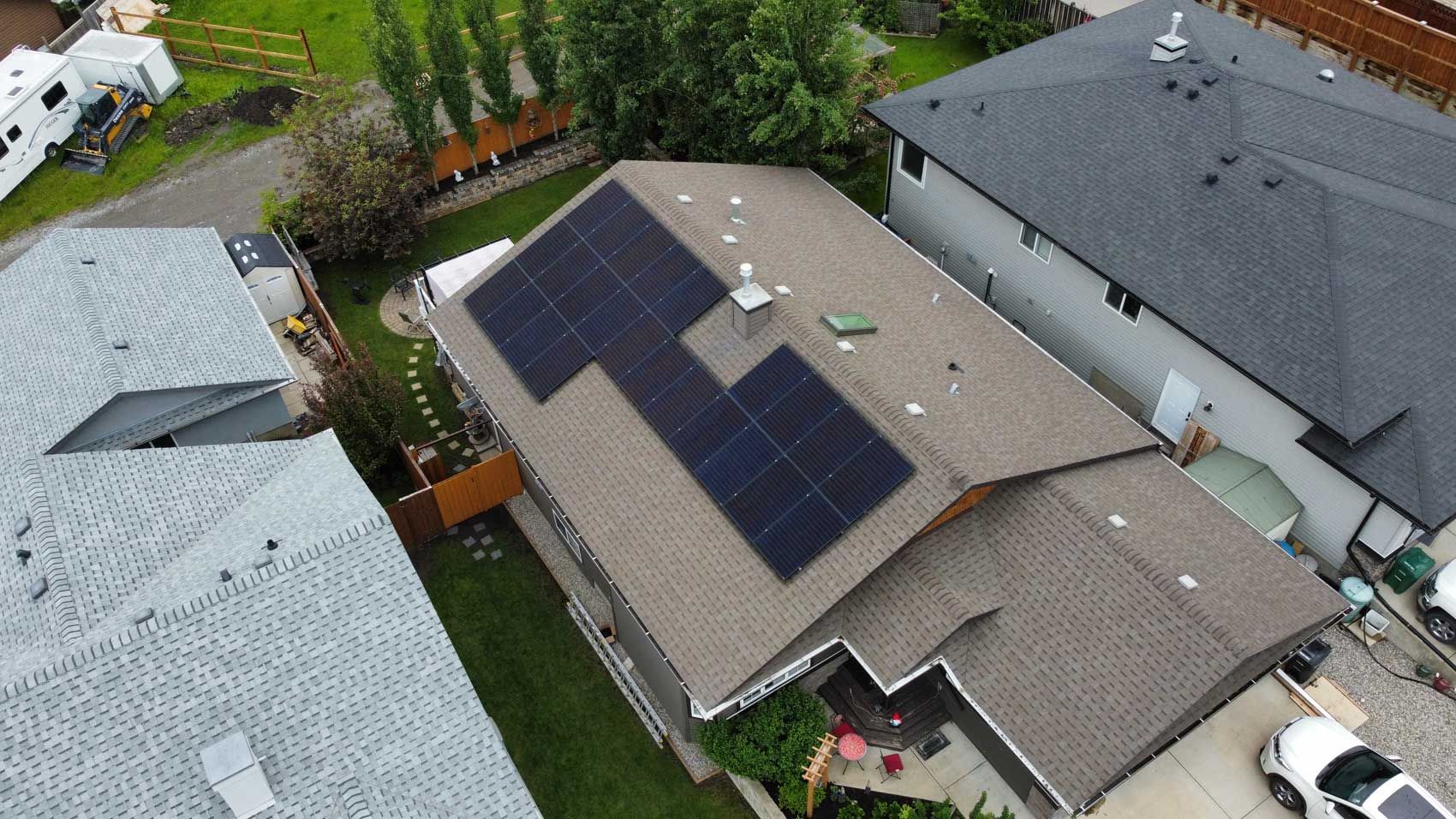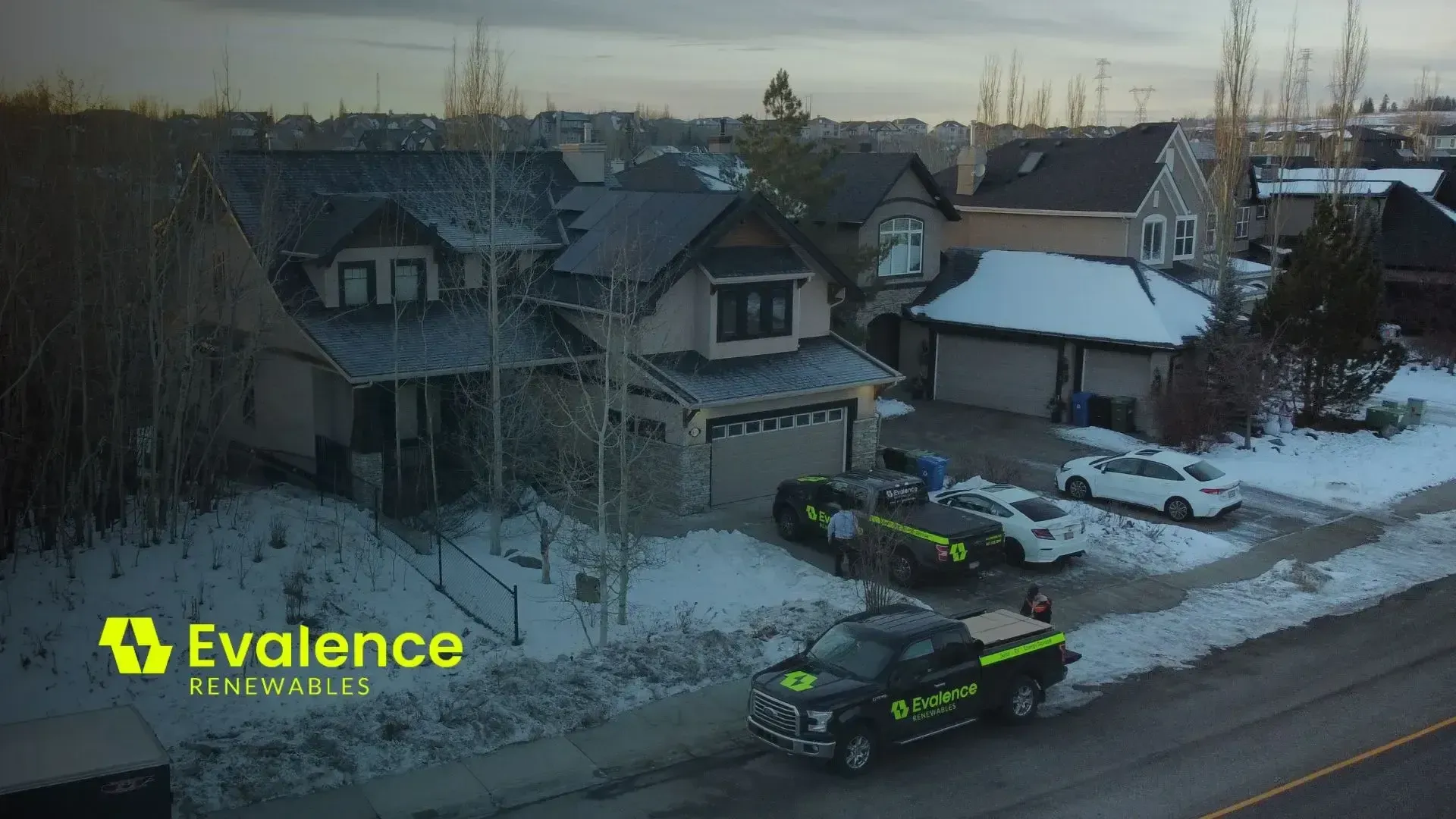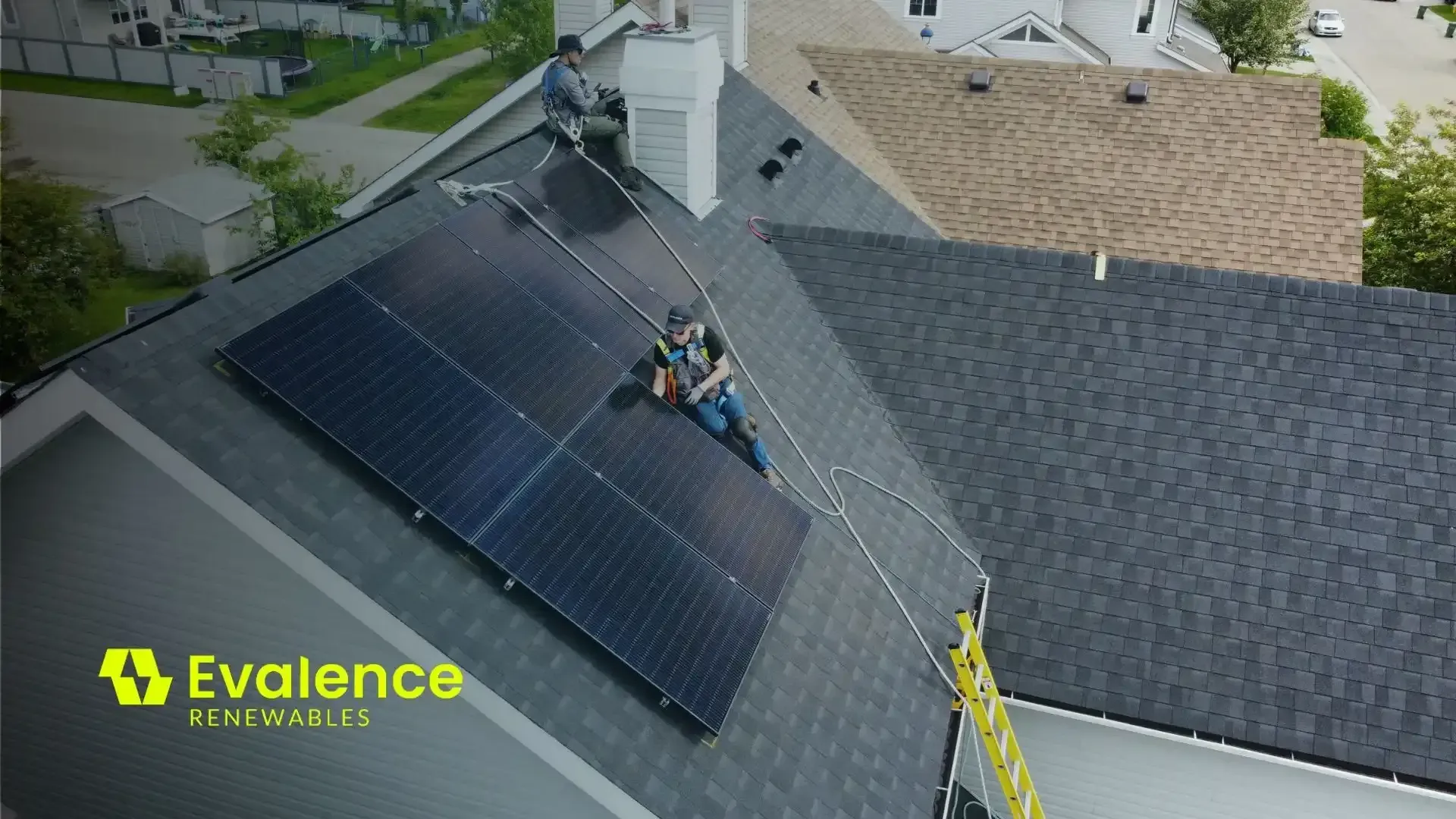Clean Energy Improvement Program (CEIP): A Comprehensive Guide
The Clean Energy Improvement Program (CEIP) is a program that aims to promote renewable energy and energy efficiency by providing financing for clean energy upgrades to residential and commercial buildings. In this article, we will answer important questions like "what is CEIP?", "how does CEIP work?", and "who is eligible for CEIP?" We will also cover the benefits of CEIP, the financial requirements, and the role that property owners play in this innovative financing tool's implementation. Additionally, we will answer some frequently asked questions about this program and why it stands out from other energy improvement programs. So buckle up and get ready to learn everything you need to know about CEIP.

What is the Clean Energy Improvement Program (CEIP)?
The Clean Energy Improvement Program (CEIP) is an initiative financing tool that encourages clean energy upgrades in residential and commercial properties by offering low cost financing at attractive market rates for eligible applicants. This property assessed clean energy program can cover up to 100% of the project costs, and can be paid back over periods of up to 20 years in monthly instalments similar to a property tax bill. One unique aspect of this program, is that the loan is tied to the property - not the borrower, therefore the loan can be transferred to another party if the property is sold. Its main objectives are to reduce greenhouse gas emissions and enhance energy efficiency. CEIP provides financing options for property owners to support renewable energy upgrades like solar panel installation, heat pumps, or energy efficient building retrofits.
The program's implementation and administration involve the active participation of Canadian municipalities. In fact, for a municipality to participate they must first pass a CEIP bylaw allowing the distribution of funds in their community. This is because, the loan repayment occurs with the property tax bill. Currently, the program is being administered directly from the following Alberta Municipalities:
Current CEIP Eligible Municipalities in Alberta:
- Calgary
- Canmore
- Devon
- Edmonton
- Grand Prarie
- Leduc
- Lethbridge
- Rocky Mountain House
- Stirling
- Strathcona County
- St. Albert
- Sturgeon County
- Westlock
Upcoming CEIP Eligible Municipalities in Alberta:
- Banff
- Beaumont
- Cold Lake
- Drayton Valley
- Okotoks
What are the Benefits of CEIP?
CEIP aims to encourage energy efficiency upgrades by providing additional financing options for both commercial property owners and residential property owners. This is an additional level of funding available at the provincial level, which is complementary to the Greener Homes Grant Program administered federally.
By providing an additional financing option for applicants, it makes the process of completing energy efficient retrofits more accessible for Albertans and can improve the return of energy efficiency projects. Extending loan payments over a period of 20 years, also reduces monthly loan payments amounts which improves the affordability of eligible upgrades. Based on what we've seen at Evalence, our customers usually find great value in solar projects because they tend to lower their monthly electricity bills more than the cost of the loan payments. This means that a program with low-interest rates and the option to pay back over 20 years could be very appealing to the participating property owners.
Secondly, CEIP's loan program being associated with property taxes and transferable with the sale of the property is marketable to people who would consider selling their home in the future. It provides an opportunity for them to still consider a green retrofit, while being able to pass off the loan in the future and increasing property values in the process.
Additionally, It helps reduce energy costs and lowers greenhouse gas emissions while supporting local energy efficiency goals and climate action plans. CEIP provides long-term financing and cost savings, enhances property value, and contributes to a greener environment.
Who is Eligible for CEIP?
To qualify for the CEIP, properties must be located in participating municipalities. The program caters to residential, commercial, and municipal buildings. Property owners need to meet basic eligibility criteria like regular property tax payment. Upgrades must align with approved project costs, energy efficiency, and clean energy guidelines. Additionally, qualified contractors are required to carry out the improvement projects.
Each municipality has it's own eligibility criteria. It's best to go to your town's page, and review it's conditions on the CEIP website. Generally speaking the program requires that residential homes be in safe condition, with the appropriate insurance, and not be undergoing foreclosure or other financing concerns. For property owners, you must be the legal owner of the property and meet a variety of financial criteria primarily related to creditworthiness. Reading between the lines, the municipality needs to feel confident that the applicant can and will pay back the loan.
What Projects are Eligible for CEIP?
The Clean Energy Improvement Program (CEIP) supports a variety of projects aimed at boosting energy efficiency and the use of renewable energy. Eligible projects under CEIP include residential solar panel installation and commercial solar panel installations, and much more. Contact Evalence Renewables to find out if your next project is eligible for the clean energy improvement tax and how we can help you get started.

Solar panels installed on a home in Diamond Valley, eligible for the CEIP program.
Application Requirements for the Program
Pre-Qualification Requirements
The pre-qualification form is the first step to be completed to determine eligibility for project financing.The form requires the following:
- Proof of liability insurance on the property in excess of $1,000,000.
- If there is property-secured debt associated with the Property, the Property Owner must confirm that payments are current and may be required to provide acceptable proof of same to the Municipality.
- Contact information for property owners listed on the title.
- Acknowledgement that all property owners have reviewed the CEIP terms and conditions.
The municipality reviews the forms in the order received, and has the discretion to approve or deny the application form for any reason. If the applicant receives approval they can move to the project application stage.
Project Application Requirements
- Applicant must pass the pre-qualification process.
- An Energuide assessment must be completed. (This can be covered under the CEIP loan).
- Receive a quote for the cost of the Clean Energy Improvement equipment and installation from a Qualified Contractor listed on the Contractor Directory. (Evalence is a qualified contractor).
- The Property Owner must submit Clean Energy Improvement manufacturer specification documentation from the Qualified Contractor and any other Supporting Documentation listed on the Program website.
- If applicable: The owner must receive approval from the condominium association.
- All Property Owners on title must sign the Project Application Form.
CEIP mandates energuide home evaluations or equivalent assessments for properties. Approved upgrades include renewable energy installations, energy efficiency improvements, and more. Upgrades should reduce greenhouse gas emissions and improve energy efficiency. Property owners must adhere to local bylaws, regulations, and energy standards. Maintenance and energy performance tracking are the responsibility of CEIP participants.
Program Agreements
- Once a Project Application Form is approved, the Program Administrator will provide the Property Owner with the Clean Energy Improvement Agreement and Project Agreement for their Project.
- The Program Administrator will schedule a time with the Property Owner to review the Clean Energy Improvement Agreement and ensure the Property Owner understands the terms and conditions of the Clean Energy Improvement Agreement.
- All Property Owners on title and the Municipality must sign the Clean Energy Improvement Agreement.
Their are more requirements which should be researched in depth for your specific municipality. However, following the program agreements stage the retrofit can typically be completed by the qualified contractor. Once complete, a verification process must be undergone, and eventually payment is released by the municipality.
The Role of Property Owners in the Implementation of CEIP
Property owners have a crucial role in implementing CEIP. The owner assumes responsibility for initiating the application process as they initiate clean energy upgrades and are responsible for project selection, hiring contractors, and completing upgrades. To participate in the program, property owners must comply with eligibility criteria, financing terms, and guidelines. They also have ongoing responsibilities such as maintenance, energy performance tracking, and submitting completion forms. By actively engaging in CEIP, property owners contribute to greener communities, cost savings, and improved energy efficiency.
Frequently Asked Questions about the Clean Energy Improvement Program (CEIP)
Are Commercial Properties also eligible for CEIP?
Commercial properties, just like residential properties, are eligible for the Clean Energy Improvement Program (CEIP). Owners of commercial properties can access financing for clean energy upgrades, energy efficiency improvements, and renewable energy installations. CEIP guidelines, eligibility criteria, and financing terms apply to commercial properties as well. Implementing clean energy projects in commercial properties contributes to cost savings, energy efficiency, and greenhouse gas reduction.
Can the Greener Homes Grant be Stacked with CEIP?
Yes. It's encouraged for home owners to find opportunities to reduce the cost of their installation by seeking other financing opportunities. The program does not limit applicants to specific funding sources, discounts, or other incentives.
How much can I finance with CEIP?
The amount which can be financed through CEIP depends on the municipality distributing the funds. In Calgary and Canmore this amount can be up to $50,000.00 for eligible projects.
What energy efficiency retrofits are eligible for CEIP funding?
Eligible energy efficiency retrofits eligible for CEIP funding include;
- Doors, windows, insulation, and air sealing.
- Certain heating and air conditioning retrofits.
- Energy efficient lighting.
- Renewable energy including solar panels and battery storage.
- Select water heating retrofits.
What interest rates are available with CEIP funding?
Interest rates for CEIP funding seems to range between 2.7% - 4.0%. This is based off the municipalities cost of capital and access to capital for the program. In Edmonton, the website lists that the rate will not exceed 3.5%, whereas in Calgary the rate is listed as 2.95%. These numbers are subject to change, but currently are quite attractive relative to the average cost of borrowing.
Are any of the CEIP funds available before retrofits are completed?
Yes, typically the lesser of 20% of project costs or up to $15,000, can be provided before project completion. This ranges based on the municipality.
Conclusion
To sum up, the Clean Energy Improvement Program (CEIP) is a valuable initiative that aims to promote clean energy and provide financial incentives to property owners. Taking part in this program not only benefits the environment but also offers significant advantages for property owners. By meeting certain eligibility criteria, property owners can access various financial and tax benefits while contributing to a sustainable future. The application process is straightforward, and commercial properties are also eligible. Embrace this opportunity to make a positive impact on the environment and enjoy the rewards that come with participating in the CEIP. Contact our team today to learn more about how you can get involved with a free solar quote from Evalence, a qualified CEIP contractor.


